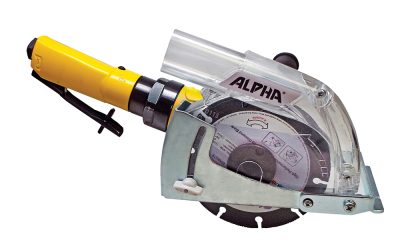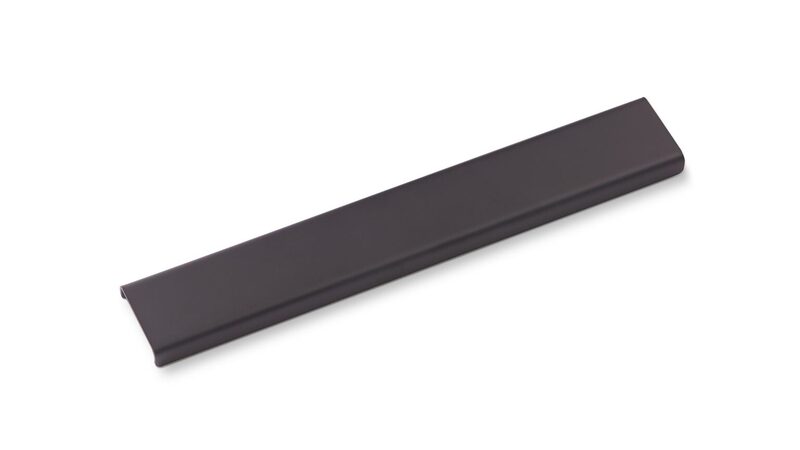When it comes to building, home remodeling, or even simple DIY tasks, accuracy is essential. Whether you’re working on flooring, tiling, cabinetry, or installing heavy equipment, a level surface is important for aesthetics and structural stability. The leveling wedge is an essential instrument for ensuring accuracy. Despite its seemingly insignificant role, the significance of accurate leveling is paramount.
Precision Tools for Accurate Alignment in Construction and Installation
Small but powerful tools allow for precise adjustments during the installation of various materials. Often composed of durable materials like plastic, rubber, or wood, these wedges can support heavy loads and provide progressive lifts or shifts as needed. People use them to level objects or surfaces that don’t align naturally. It involves aligning flooring, adjusting door frames, and leveling large kitchen appliances. The design of leveling wedges is relatively straightforward. They are typically flat, with a slight slope that allows users to place the wedge beneath an object to change its height. Users can gradually elevate or lower certain portions by positioning numerous wedges at crucial spots, ensuring precise alignment of the object or surface. These wedges are essential equipment for professionals in the building, carpentry, and tiling industries.
The Advantages :
One of the primary benefits of these tools is their adaptability. These wedges aim to simplify and streamline the leveling process, regardless of whether you’re installing flooring or aligning heavy gear. You can use them in many settings, temporary and permanent, due to their versatility. In flooring projects, they can help to reduce uneven spaces between tiles or planks. It is especially critical when working with materials such as ceramic tiles or hardwood, where even minor imperfections can cause long-term problems such as cracking or warping. Installers can use them to create a smooth and equal surface, which reduces the likelihood of future difficulties. These wedges are also quite durable. The materials used to make them can withstand the pressure and weight of large objects, making them suitable for a wide range of applications. It makes them a cost-effective and environmentally beneficial alternative, as they allow for reuse without losing their effectiveness.
Ensuring Precision and Stability
Adaptable and beneficial in any situation, these tools are particularly useful in flooring projects. Whether you’re installing hardwood floors, ceramic tiles, or laminate flooring, having a flat surface is critical for beauty and functionality. Leveling wedges help to guarantee that each piece of flooring fits, resulting in a smooth, uniform surface that improves the overall appearance of the room. To ensure the proper placement of each tile in tiling jobs, we use wedges in conjunction with spacers and clips. Without wedges, tiles might shift or settle unevenly, resulting in an ugly and uneven floor. Wedge devices allow installers to adjust tile height and position as they go. Installation of cabinetry frequently uses wedges in addition to flooring. Contractors can use wedges during installation to ensure that cabinets are aligned, resulting in a robust and functional product.


